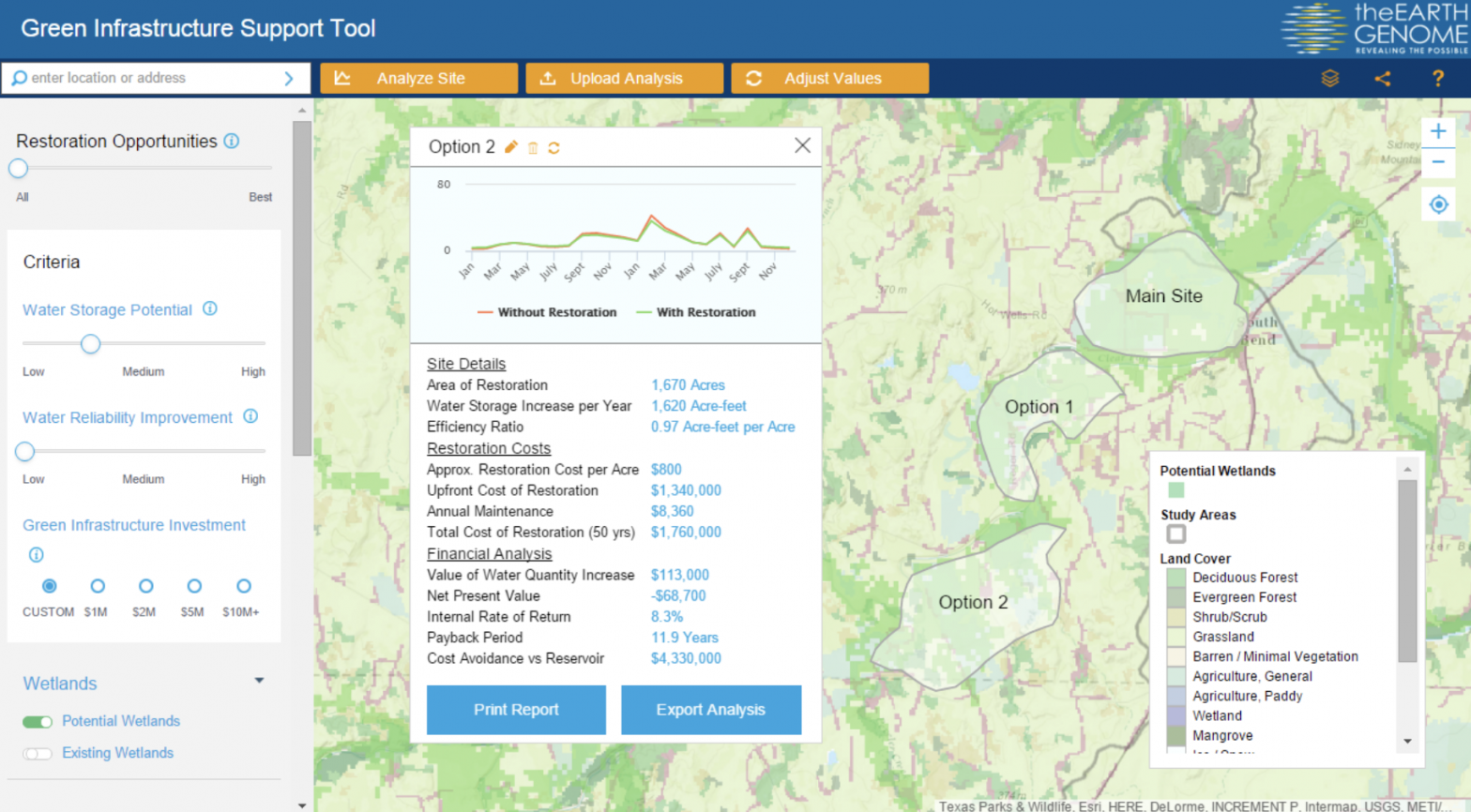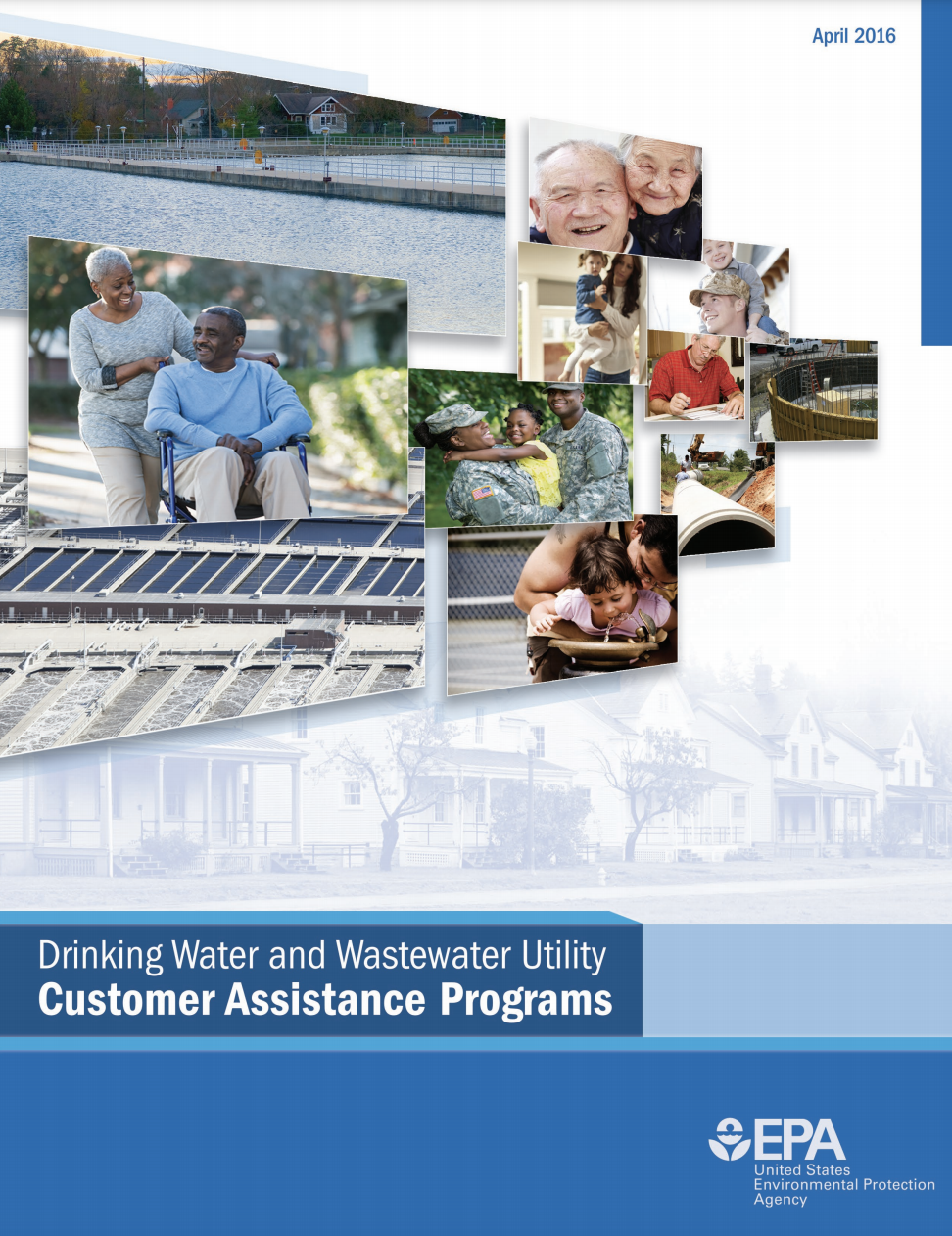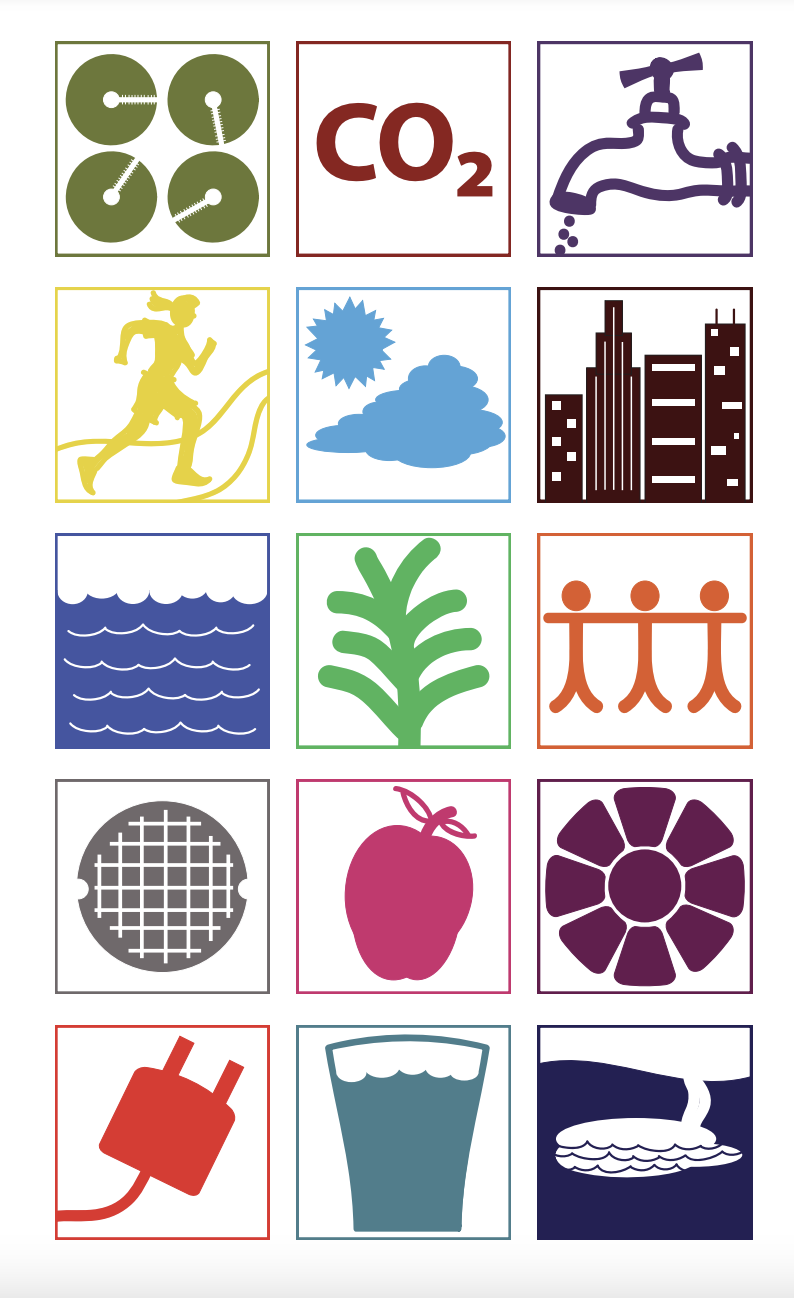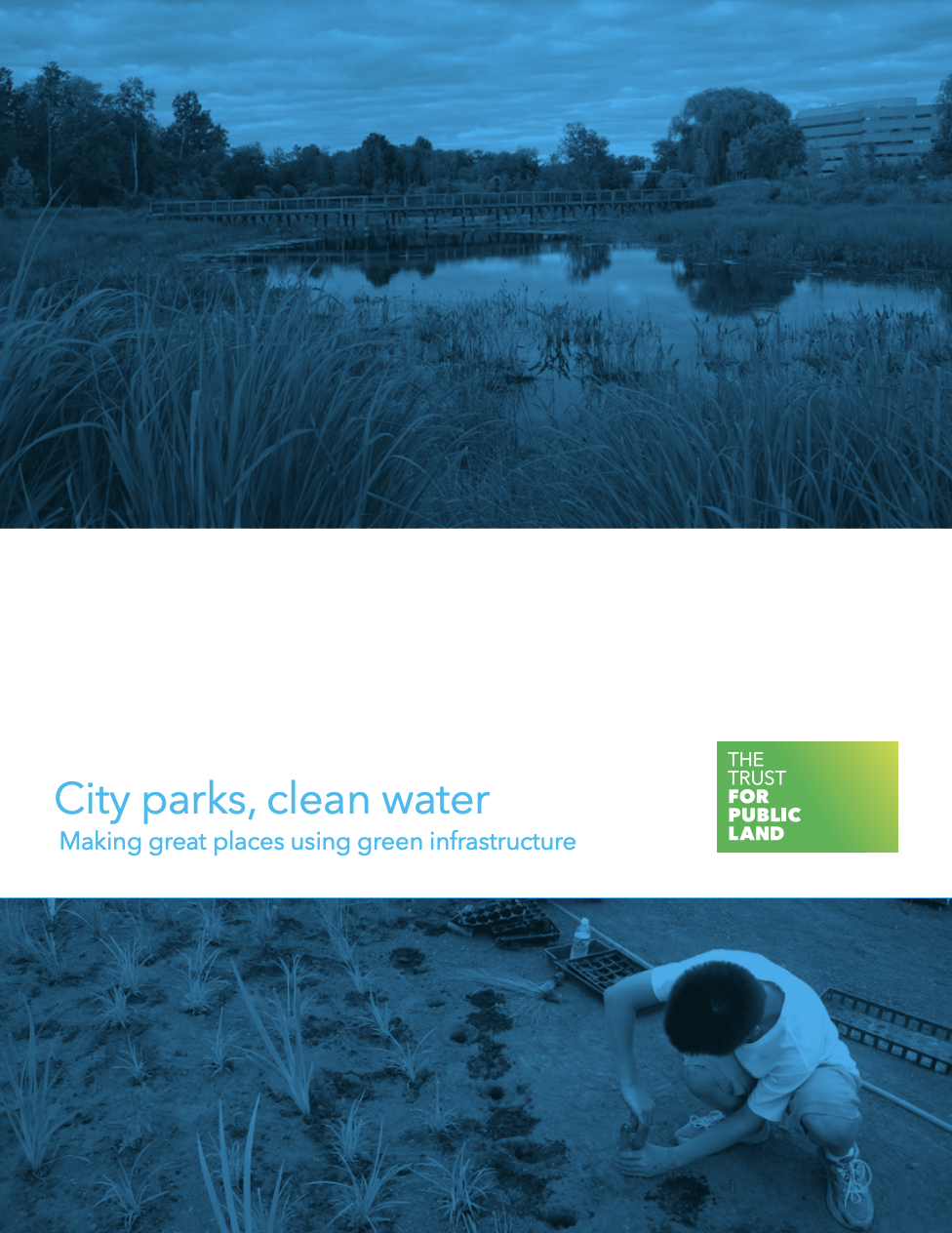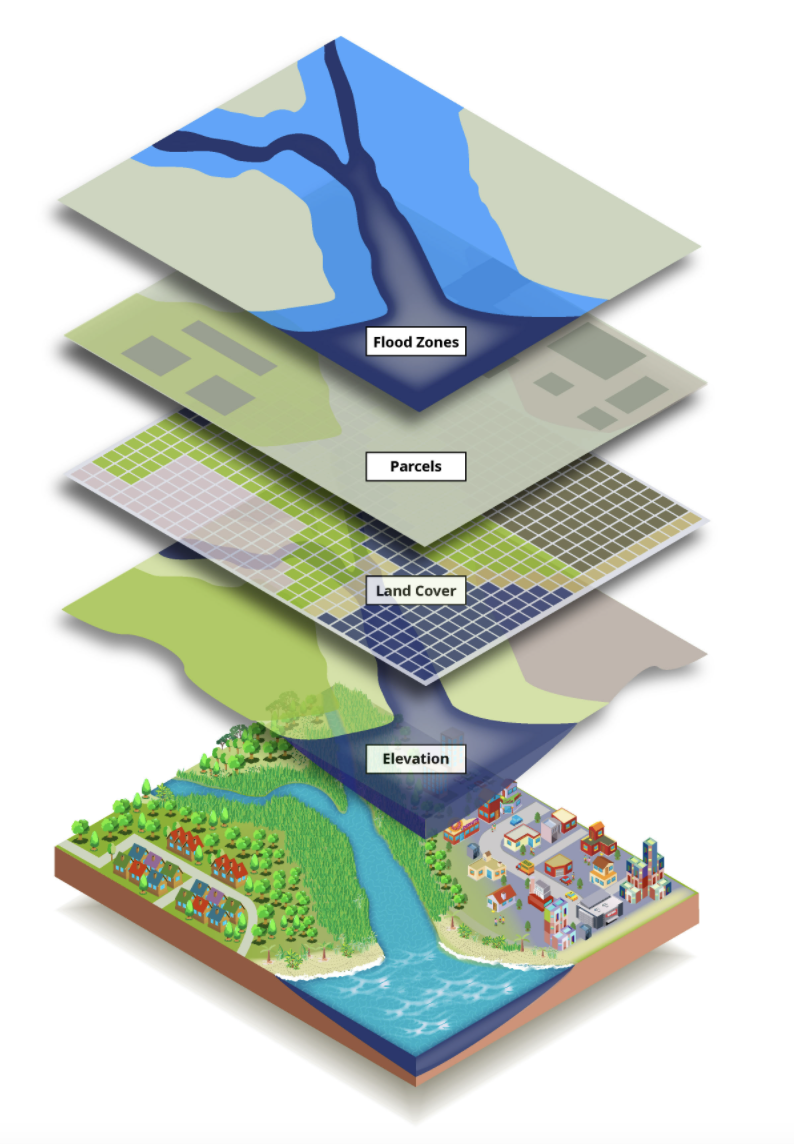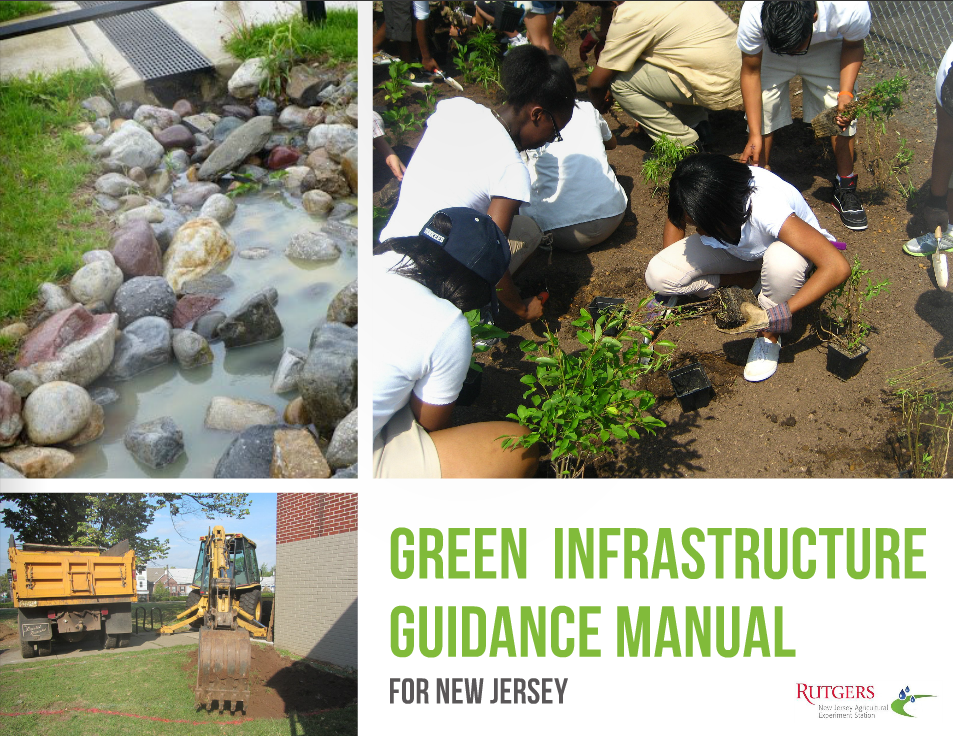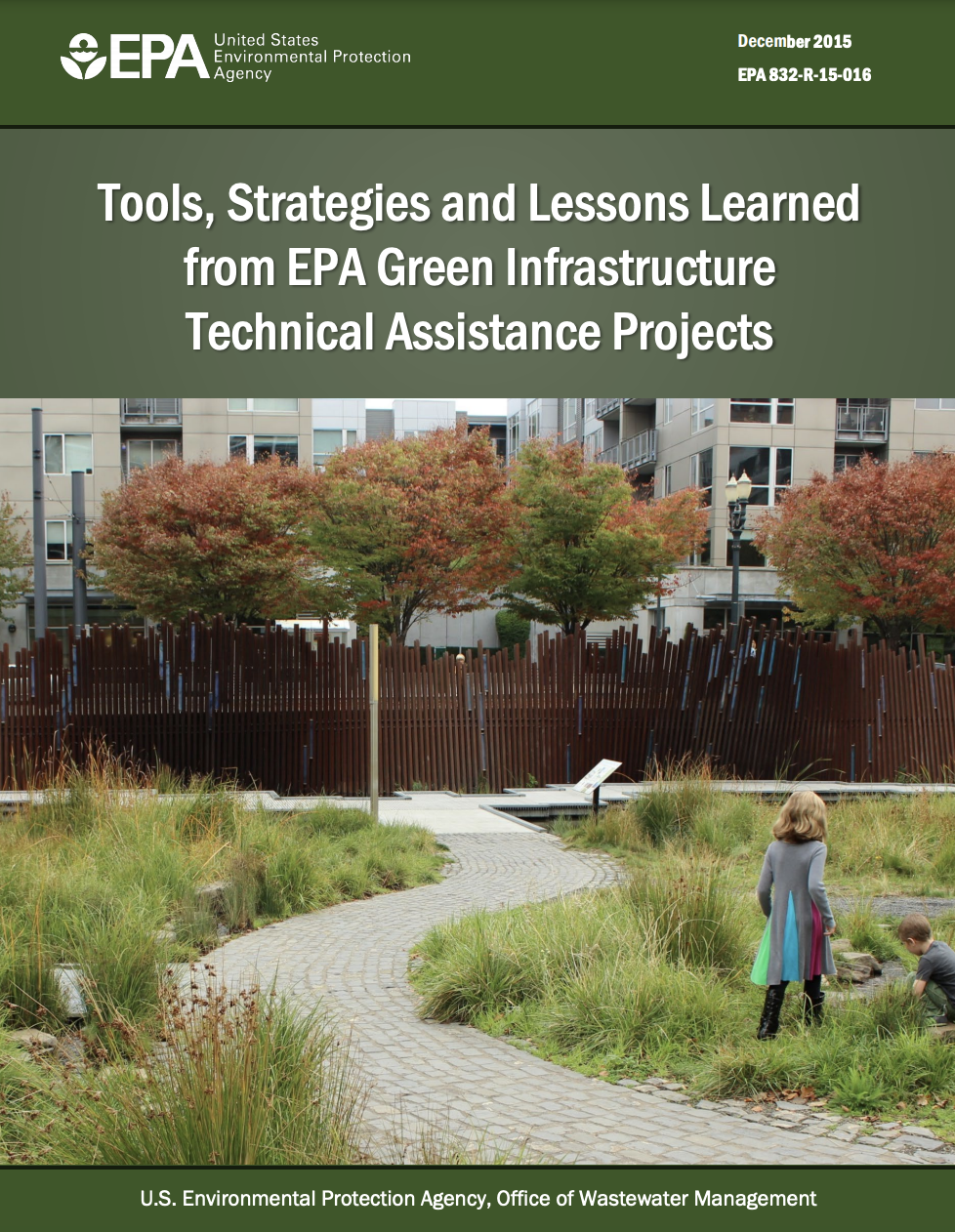The Environmental Protection Agency answers frequently asked questions about immediate actions to take to reduce lead in drinking water in your home. Definitions to relevant terms are also provided.
Type: Guides & Toolkits
5 Things You Can Do To Help Lower Your Child’s Lead Level
The Centers for Disease Control and Prevention has released this straightforward list detailing how to prevent lead poisoning in the home from all sources, not just drinking water.
Turning Concept Into Reality: Green Infrastructure
The Green Infrastructure Support Tool (GIST) is a web-based mapping tool that provides wetland restoration site analysis. By combining environmental data with business initiatives it compares values and costs in order to determine the best restoration sites and options.
Drinking Water and Wastewater Utility Customer Assistance Programs
This report from the U.S. Environmental Protection Agency describes the types of assistance programs currently in use around the country and details each one’s benefits and costs. The examples show short-term or long-term reductions through a bill discount, flexible terms, lifeline rate, temporary assistance and water efficiency advantages.
Philly Shares Design Secrets of Eco-Friendly Schoolyards
The Community Design Collaborative, in partnership with the Philadelphia Water Department, has created a design guide with information on greening schoolyards. In addition, this article from Next City describes how they have partnered to redesign city schoolyards into eco-friendly learning areas—which also happen to play an active role in the city’s stormwater management.
The Value of Green Infrastructure
This guide assesses the economic benefits of green infrastructure in order to help decision-makers evaluate water management options in their communities.
City Parks, Clean Water
This study explores the technologies and political issues involved in using green infrastructure, in order to highlight the successes and challenges of water-smart parks in urban areas.
Green Infrastructure Mapping Guide
This guide shows spatial analysts how to incorporate green infrastructure into a GIS work plan and rank and prioritize green infrastructure for their study areas. It focuses on planning for flood related impacts of coastal hazards and provides access to examples, process guidance, case studies and templates.
Green Infrastructure Guidance Manual for New Jersey
This manual by Rutgers Cooperative Extension Water Resources Program is a tool for planning and design professionals looking to retrofit green infrastructure practices into existing development. 2016.
Tools, Strategies and Lessons Learned from EPA Green Infrastructure Technical Assistance Projects
This 2015 report summarizes results from EPA’s green infrastructure technical assistance program for cities, communities and citizens who want to learn from the experiences of others and find the best solutions for their unique challenges. It’s a quick reference guide that matches problems with real-world, tested solutions.


